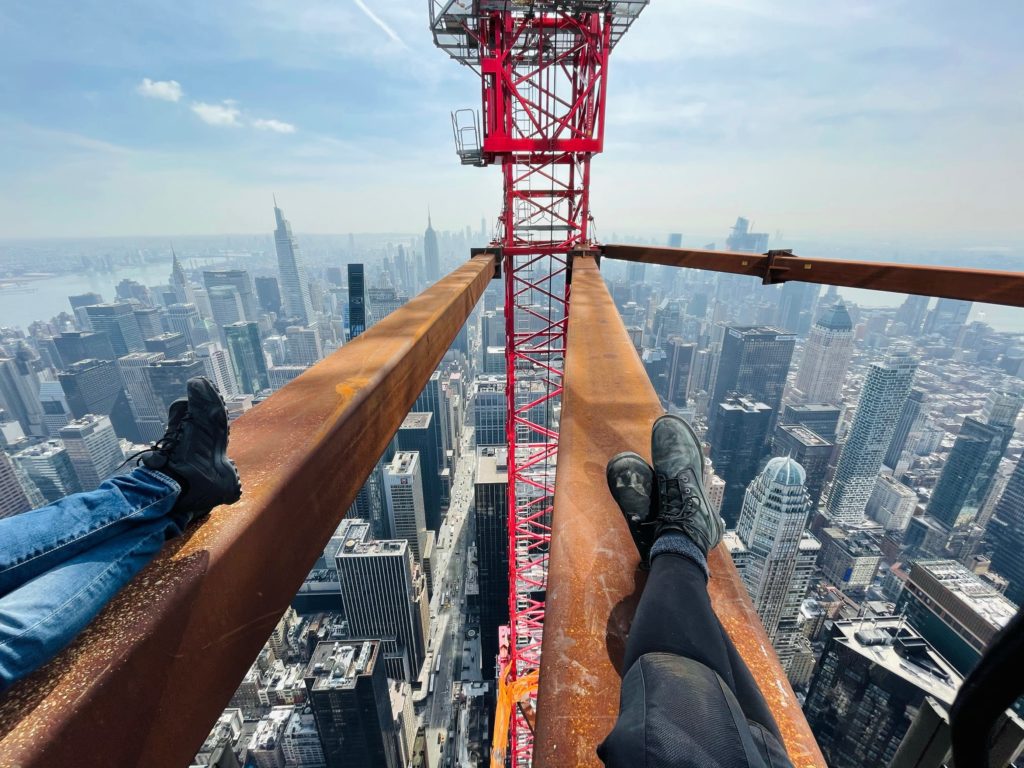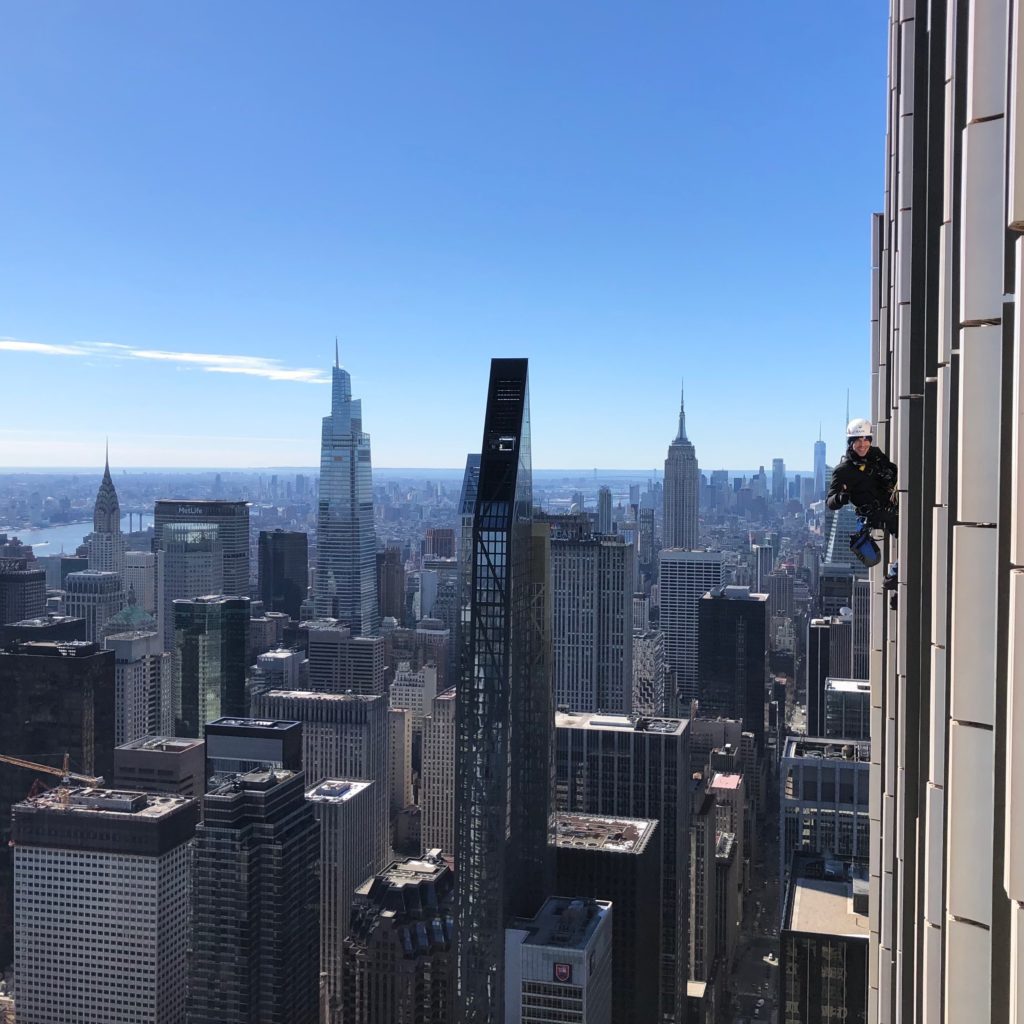Architectural Myths Debunked! (part 3)
November 9, 2022
It’s time to debunk more architectural myths! When you think of an architect, what is the first thing that comes to mind? While every profession has certain stereotypes (and some may be valid), architects tend to be up there when it comes to misconstrued notions. To make things interesting, we’ve put together a short list of some of the most common myths and spoke with our very own team to get down to the real facts!
Architects work alone.
“Certainly not. In this business there is creativity, especially in what HLZAE does. We always consult each other, especially in situations where we may come across something atypical or unconventional. In those instances, you may need the mind of someone more experienced. You may work alone at times, but there is always a collaborative effort.”
– Larry Joseph, Director
“Architecture in and of itself is an innately collaborative profession. We can’t work alone because none of us can get anything done alone. We can’t serve our clients alone, especially not on types of projects we have, which are often not only complex and very large scale, but they are also typically interdisciplinary, which means not only are we collaborating among the architects but we’re also collaborating with our MEP department, Special Inspections team, Forensics team… so we often have multiple silos working on one project.”
– Justin Shea, Associate Director

All architects are equally qualified.
“Of course not. Being an architect comes with experience just like with any other field. The more experience you have, the more qualified you are and through experience, you gain the most knowledge. It’s just like saying, if you get your architecture license today that doesn’t make you as qualified as someone who has been around for thirty years.”
– Larry Joseph, Director
Absolutely not. Between experience, education, and focus on specific niches of the industry, there are many different types and levels of expertise. This should be a major factor of consideration by a client when looking for the right architect to perform services.
– Monika Sasvary, Technical Operations Director
Architects just do blueprints.
“You can cut to a picture of me hanging off the side of 111 West 57th Street if you want to say architects just do blueprints… we don’t. Some of us are great drafts people, some of us are really capable of putting together beautifully, organized and detailed construction documents, but that’s just one of one hundred things we do or even more than that. We have to have an intimate knowledge of material science, we have to understand how buildings perform, how they function, how they stand, what keeps them watertight. We have to be able to identify defects, we have to be able to talk to clients and often they’re not architects.”
– Justin Shea, Associate Director
“Producing construction documents is a small part of an architect’s job. There is a lot of effort that takes place before these documents can be generated. There is investigation, tons of communication with the client, coordination with other consultants and trades, project management, site work and research… it goes on and on. There is a plethora of tasks and skills that an architect is going to call upon and a lot of those inform the construction documents that they’ll later create.”
Bryan Chester, Senior Project Manager

Sustainability is always welcome at the design table.
“In theory and in a perfect world, sure… but sustainability might mean more money in the short term. It’s always encouraged to have these conversations and see if sustainability can be wrapped into a project with current budgets, but it’s not always possible. Part of that conversation really needs to include full life cycle costs. Oftentimes sustainable solutions are more expensive now, but they’re actually less expensive over the life of the building and certainly a responsible thing to do.
– Bryan Chester, Senior Project Manager
“As an architect, value engineering is always under consideration. Trying to find ways to cut cost is typically at the forefront of a client’s agenda. So, while producing the best product or services, value engineering may not consider the long terms benefits of sustainability. If the client is looking for immediate cost savings, being environmentally conscious isn’t always of the utmost importance. I do believe that whenever it is possible and there is either a product or a way to design a system or a repair, sustainability should be under consideration.”
– Monika Sasvary, Technical Operations Director

Recommended Articles
Sorry, we couldn't find any posts. Please try a different search.